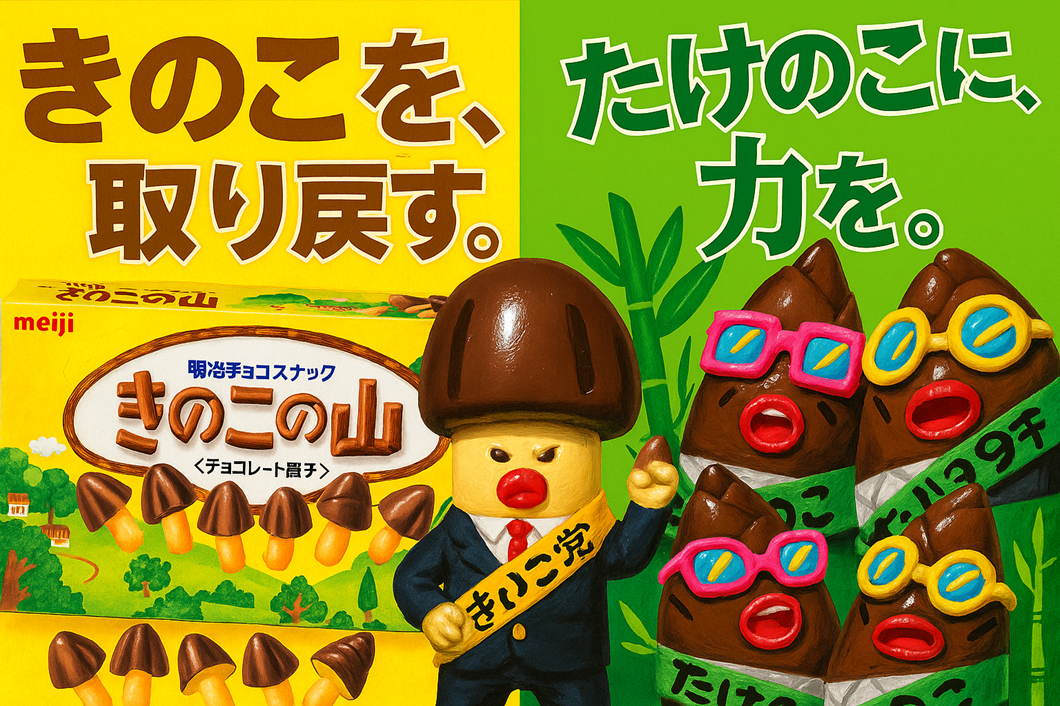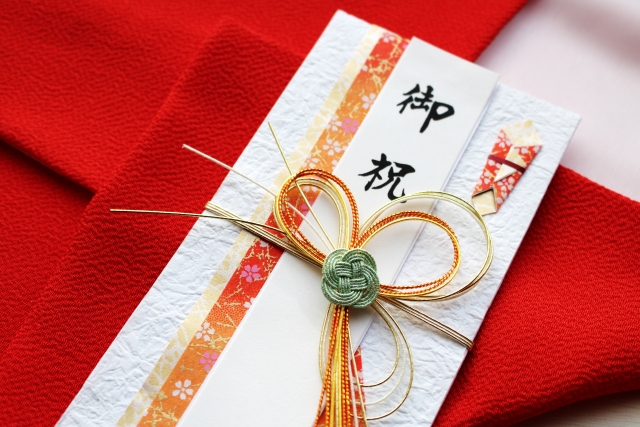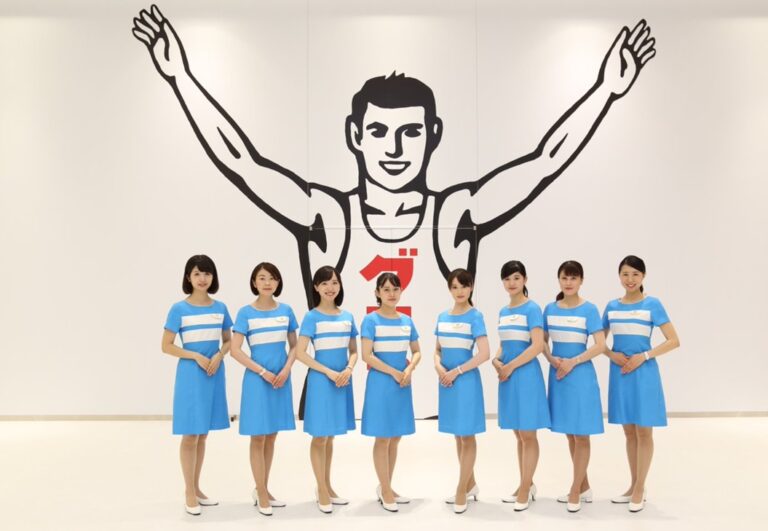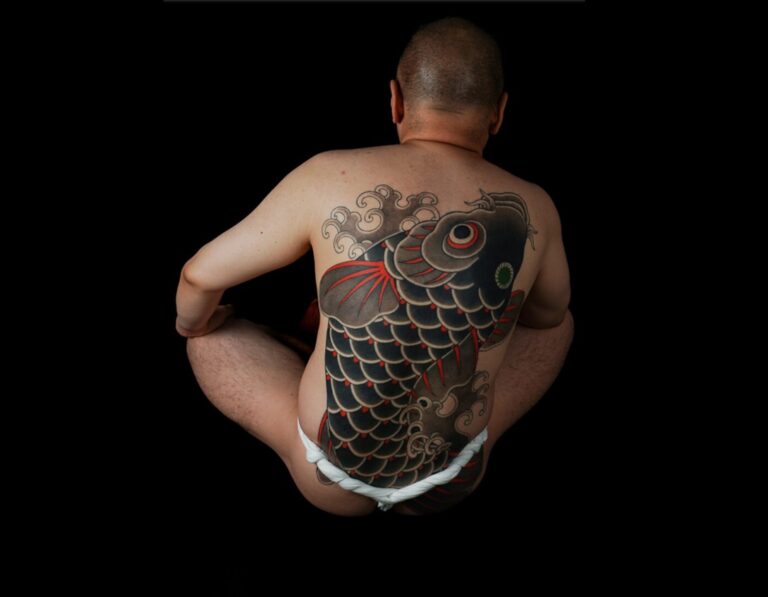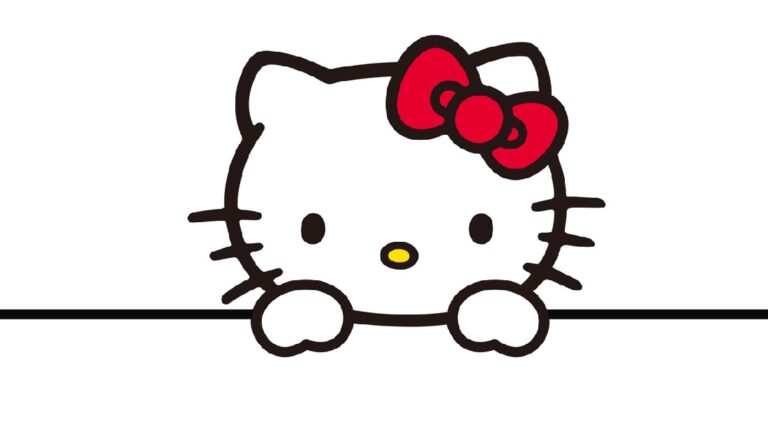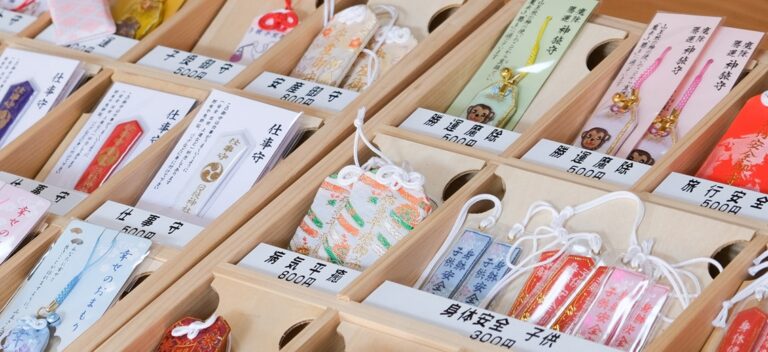Japan’s Hidden Civil War
The Untold Truth of the Endless Battle Between Kinoko no Yama and Takenoko no Sato
Japan is known as one of the safest and most peaceful countries in the world.
Yet in this very nation, there is a “civil war” that has divided its people for over 40 years:
The battle between Kinoko no Yama (Mushroom Mountain) and Takenoko no Sato (Bamboo Shoot Village) — affectionately called the “Kinotake War.”
How the War Began: The Split Between Chocolate Separatists and Integrationists
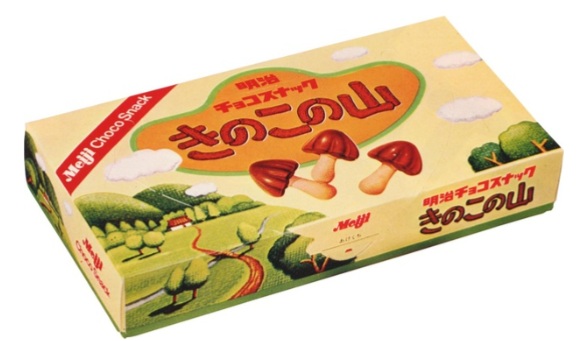
The conflict started with the release of Kinoko no Yama in 1975, which features a distinct separation between chocolate and biscuit — the “chocolate separatist” approach.
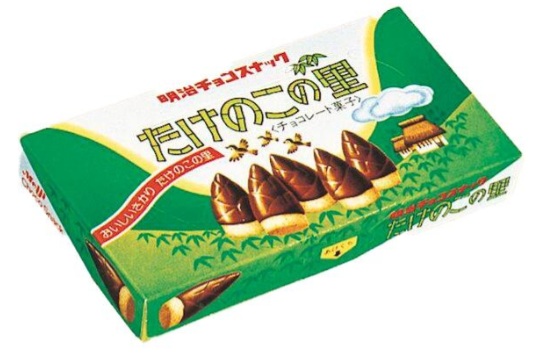
Then in 1979, Takenoko no Sato appeared with a smooth blend of cookie and chocolate, promoting a “chocolate integrationist” philosophy.
This clash of textures and ideologies sparked debates that continue in homes, schools, and offices across Japan to this day.
The War Rages Within Meiji Itself
The battle runs so deep that even Meiji, the company behind both products, is divided.
- Executives tend to favor Kinoko no Yama.
- But among all employees, more support Takenoko no Sato — possibly because younger staff lean toward its taste and texture.
At Meiji, employees openly ask each other “Which side are you on?” and every employee carries a “party membership card” to show their allegiance.
Internally, the snacks are referred to as “Kinotake,” a term some hardcore Kinoko supporters hate, insisting “Don’t put them on the same level!”
Meiji’s Marketing: Fanning the Flames of War
Meiji has masterfully kept this conflict alive through campaigns that stoke the rivalry:
- 2001: The first nationwide election to determine Japan’s favorite.
- 2014: “Kinotake Battle” with Taiko no Tatsujin (a popular arcade drumming game).
- 2016: A Splatoon in-game festival with players choosing Kinoko or Takenoko.
- 2018: Another nationwide election, 17 years after the first.
In 2020, with the world reeling from the COVID-19 pandemic, Meiji took a more peaceful approach with the “National Kinoko no Yama & Takenoko no Sato Love Survey: Love is Japan’s Energy Project.”
Instead of fighting over which snack was better, it measured how deeply fans loved each snack.
As one Meiji staff member put it:
“We thought, ‘This isn’t the time to fight.’ Plus, we piggybacked on Japan’s national census that year (laughs).”
Famous Figures Take Sides
Celebrities openly declaring their side have heated up the debate. Internationally recognized athletes and entertainers have also fueled the fire:
✅ Saori Yoshida (Olympic wrestling champion): Takenoko supporter
✅ Shohei Ohtani (MLB superstar): Takenoko supporter
✅ Yuzuru Hanyu (figure skating legend): Kinoko supporter
✅ Hiroiki Ariyoshi (TV personality): Kinoko supporter
✅ Keisuke Honda (soccer icon): Takenoko supporter
✅ Kei Nishikori (tennis star): Kinoko supporter
Social media goes wild whenever a new celebrity’s preference is revealed, pushing the conflict into the spotlight once again.
Attempts to end the civil war
In 2024, a company called White Rabbit took an unprecedented approach to ending the civil war by analyzing both snacks using X-ray CT scans.
The results showed that the crackers in Kinoko had a larger volume per piece. Additionally, cross-sectional images revealed that Kinoko’s crackers contained many air bubbles, with the bubbles tending to grow larger toward the center.
On the other hand, Takenoko’s crackers had a coarse, granular structure, with air bubbles distributed relatively evenly throughout.
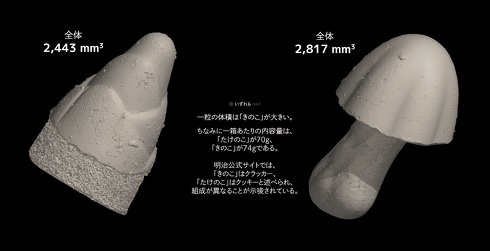
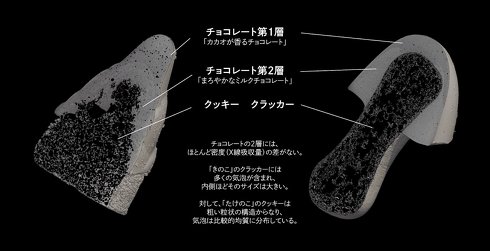
When the percentage of chocolate per piece was examined, Kinoko measured 47% chocolate, while Takenoko was 37%.
As for the void ratio — the percentage of gaps inside the cracker or cookie — Kinoko’s was higher, at 52% compared to Takenoko’s 45%. White Rabbit commented:
“It’s surprising that a cracker with a relatively hard texture has such a high void ratio.”
They also pointed out that the boundary between the chocolate and cookie in Takenoko is intricately intertwined,
“which is why it’s so difficult to separate them by rubbing them with your teeth.”
The Myth of Victory: A Psychological Perspective
Have you heard that Takenoko “won” the war?
It’s true that several polls and events like the Splatoon festival showed more votes for Takenoko.
But from a psychological standpoint, these so-called victories are deeply flawed:
✅ Polls rarely measure pure taste alone; voting is often influenced by campaign gimmicks or the excitement of choosing sides.
✅ The taste sensor “Leo” cited in media stories can only measure sweetness or saltiness — it doesn’t calculate “deliciousness” itself.
✅ Defining “deliciousness” is inherently subjective; people’s criteria vary greatly.
In psychology, it’s essential to clearly define concepts when measuring invisible things like emotions or taste. Without this clarity, surveys are little more than an illusion of precision.
In the case of the Kinotake War, polls have lacked consistent definitions of “deliciousness,” making any “victory” unreliable at best.
The Civil War Continues
Between Meiji’s marketing genius, famous figures’ declarations, and the constant buzz on social media, the Kinotake War shows no sign of ending.
Rather than a divisive conflict, however, it has become a beloved part of Japanese culture — a peaceful, ongoing “civil war” where everyone can proudly support what they love.
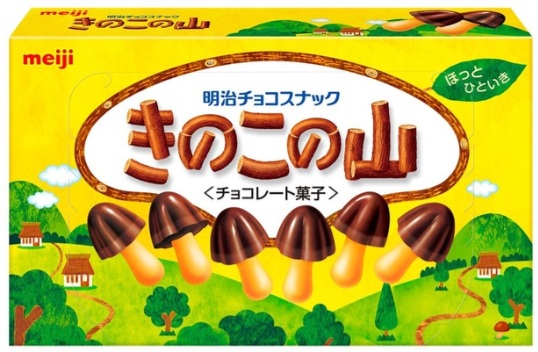
When You Visit Japan, Join the Battle
If you truly want to understand this cultural phenomenon, try both Kinoko no Yama and Takenoko no Sato when you visit Japan.
Taste them yourself and decide which you prefer — your opinion is the most peaceful and meaningful way to participate in this endless war.
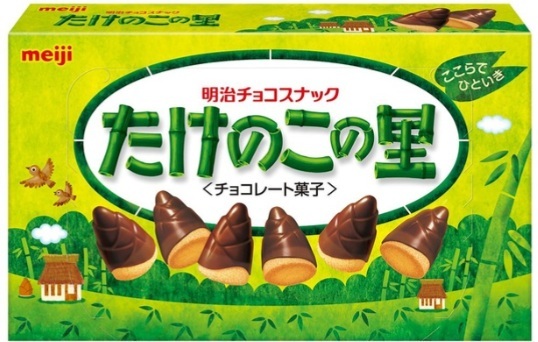
The Kinotake War transcends snacks; it’s a unique piece of Japanese culture.
Don’t let polls or online rumors decide for you — discover the truth with your own taste buds and join the fun.
Your choice might just change the future of this sweet, eternal battle.

Born in Japan, raised in Toronto. I dive deep into anime, pop culture, and history — bringing both otaku vibes and global views.

